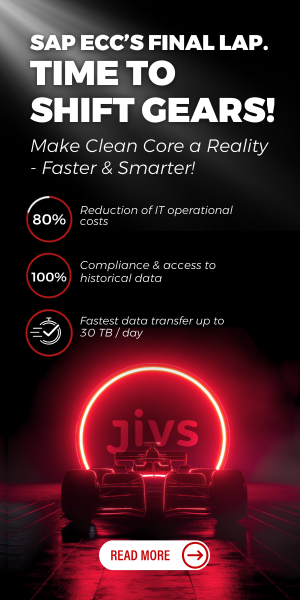SAPinsider research has illuminated a surge in both the frequency and financial impact of cyberattacks. Notably, up to two-thirds of organizations have fallen victim to cyber assaults within the past year. With cyber threats looming large, the spotlight is particularly intense on cybersecurity for SAP users, especially those in the midst of their digital and cloud transformations.
SAP users are concerned about ransomware attacks, unpatched systems and the compromised integrity of data within their expanded SAP systems. Such highly sensitive data within the complex S/4HANA ecosystem has, in many cases, been bundled into one space, raising significant security concerns.
Enter vendors like Xiting, a Switzerland-based company that specializes in security solutions exclusively for SAP systems. Xiting’s Critical Risk Authorization Framework (CRAF) is the kind of pivotal tool that SAP users can seek to begin fortifying their IT security.
Comprising of a meticulous set of rules and best practices derived from industry standards, regulatory requisites, extensive developer experience and collaborative efforts with auditing partners, tools like CRAF facilitate ongoing risk assessment based on system authorizations. This proactive approach aids in pinpointing vulnerabilities and potential risks, empowering pre-emptive actions to mitigate or eradicate these threats.
Implementing risk framework tools ensures that SAP systems consistently align with the latest security standards, thereby minimizing the vulnerability to breaches and misuse of data. Companies are urged to integrate a security framework to safeguard the integrity of their systems and data before, during or after their digital transformations.
In a landscape rife with escalating cyber threats, safeguarding SAP systems has become paramount. Embracing solutions like Xiting’s CRAF are pivotal first steps. These measures not only fortify SAP environments but also ensure ongoing compliance and data integrity – crucial defences against the evolving face of cyber risks.
With proactive strategies in place, organizations can confidently navigate the digital terrain, protecting their SAP systems from potential breaches and staying resilient against the ever-changing threat landscape on their journey to the cloud.






